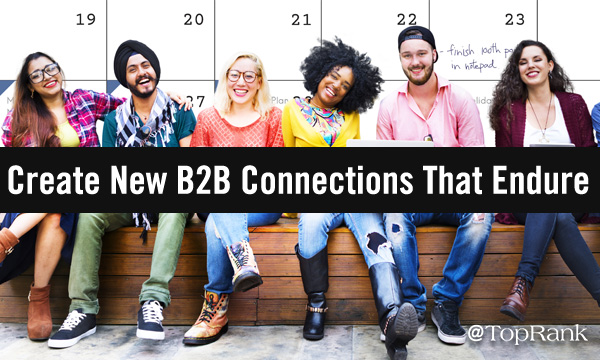Relationship Cultivation Strategies: 3 Ways to Build Event Connections

By imani@theccnyc.com (Imani Ellis)
Welcome to Creator Columns, where we bring expert HubSpot Creator voices to the Blogs that inspire and help you grow better.
Technology offers new ways to communicate, but real human interaction remains the cornerstone of building trust and fostering genuine relationships.
This is where event organizers play a crucial role — not just in coordinating logistics or securing speakers, but in creating environments that encourage meaningful connections among attendees.
From industry conferences to corporate retreats, the true measure of an event’s success is often found in the connections made and relationships built.
By intentionally designing spaces and experiences that foster authentic interaction, event organizers hold the key to transforming a standard event into a catalyst for personal and professional growth.
Now more than ever, facilitating these connections isn’t just a bonus — it’s a necessity for attendees seeking value beyond the agenda.
Although technological advances often take center stage, nothing beats connecting with people IRL. We’re literally wired for community and deep human connection remains the cornerstone of building trust and an activated community.
In a time when people are feeling lonelier than ever before, event marketers are tasked with creating and nurturing an environment that fosters authentic connections.
Intentionality is key in designing experiences and spaces and event organizers can reimagine what it means to build an event that provides deep value and resonates with attendees in a meaningful way.
Maya Angelo said it best, “People remember how you made them feel” and when people leave events, having made meaningful connections — it’s an incredible feeling. Here are three ways marketers can nurture connections at their events to create connections and form lasting relationships.
Relationship Cultivation Strategies For Your Next Event
1. Create Both Structured + Passive Networking Opportunities
Remember the first day of school? Your teacher likely had some sort of ice-breaker activity set up that each student was required to participate in. Perhaps it was two truths and a lie or the classic ‘fun fact’ reveal.
We all rolled our eyes but secretly, we loved it. Why? These structured activities established common ground, leveled the playing field, and took the edge off having to make cold introductions. Because we all had to participate, there was a veil of safety that surrounded us.
Structured Networking Opportunities or “Icebreakers” alleviate the awkwardness and social discomfort that come from being in unfamiliar places and meeting new people for the first time.
Examples of structured networking include themed bingo cards, fun prompts that categorize people into small groups, and hot-take questions that guests will likely have an opinion on.
In addition to setting the tone with structured networking opportunities, it’s also great to create space for more passive ways for people to connect.
Too much structure can feel rigid and stale so spice things up with activities that attendees can interact with on their own time. These activities catalyze meet-cutes and people love a reason to find commonality.
At CultureCon, we love sprinkling passive meet-cute …read more
Source:: HubSpot Blog







